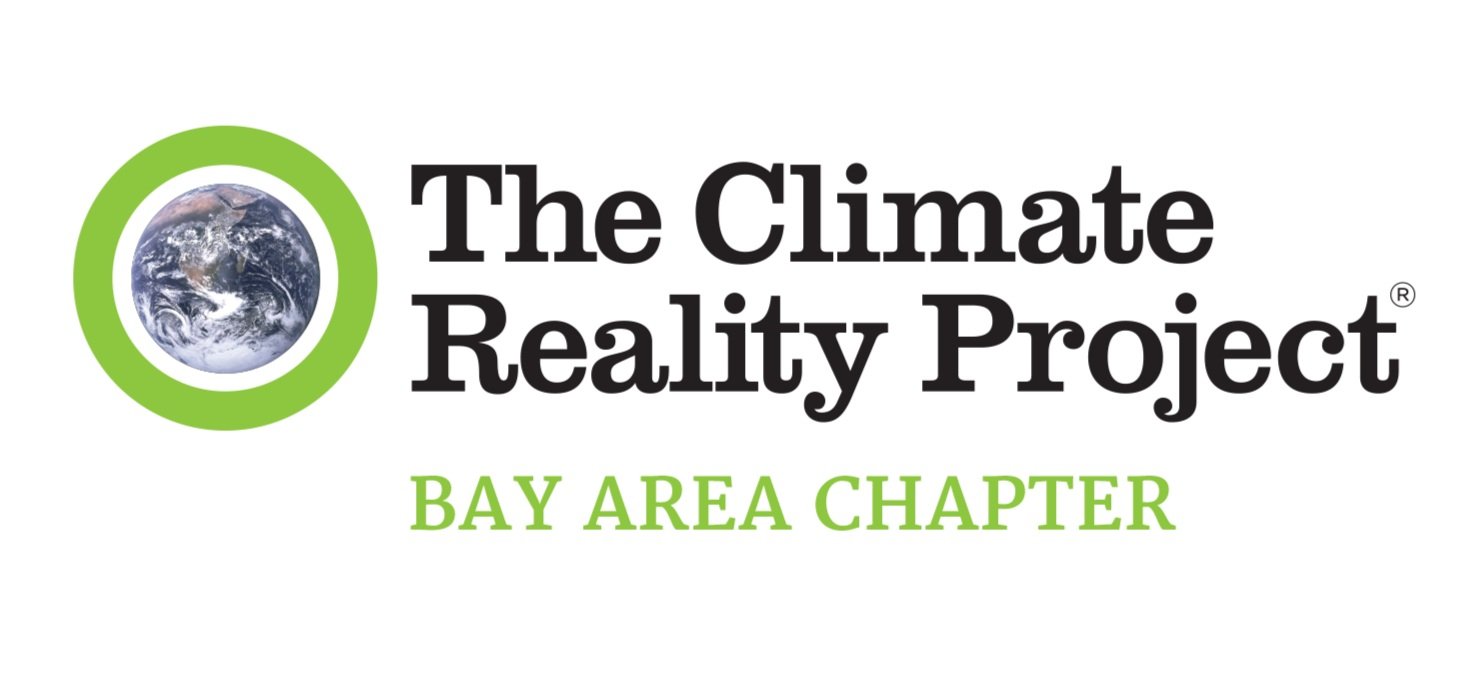THE GAP: PROTECTING OUR PLANET
Third in a series highlighting sustainability efforts by Bay Area companies. Find the series, here.
The Gap was founded in 1969 in San Francisco with the intention of creating opportunities for the people and communities touched by their business.
Today, The Gap, Inc. products represent seven brands including Old Navy, Athleta, and Banana Republic, and are available in over 3,000 company-operated stores and over 600 franchise stores.
With a foundation built on strong founding principles, The Gap, Inc. continues to be a leader in Corporate Social Responsibility.
The Gap, Inc. is focused on sustainability by: tackling the waste found in fast fashion; using a transparent, sustainable supply chain; protecting endangered species; reducing energy usage and using energy that is 100 percent renewable; eliminating waste; and tackling climate change.
Protecting our planet is fundamental to The Gap’s sustainable business strategy. As cited on Gap’s website, “damage to the climate and the urgency of water scarcity are global challenges that transcend boundaries, affecting people and communities everywhere.”
Water, Climate and Waste
Let’s look closer at the goals The Gap has established in the areas of water, climate and waste.
Water: Access to clean water is a human right, and is currently elevated with the need for all of us, everywhere, to have access to water to practice the most basic defense against the coronavirus: handwashing. Gap’s goals specific to water are:
Save 10 billion liters of water in manufacturing, from a 2014 baseline
Water-resilient value chain
Net-positive water impact in water-stressed regions
Work toward zero discharge of hazardous chemicals in their supply chain
Eliminate all PFC-based finishes from their supply chain
The Gap has exceeded the goal to save 10B liters of water by 2020 in manufacturing by 1.2B liters. They achieved this with their local partner by investing in a water treatment facility which eliminates the use of freshwater at the partner’s denim mill in Ahmedabad, India. The facility saves more than 1.7 billion liters of water annually to preserve the local community’s vital freshwater resources – crucial to a region suffering from severe drought.
Climate: With climate change causing shifting weather patterns and the impact on biodiversity and wildlife, climate scientists predict this could increase the risk for more dangerous pandemics like Covid-19 in the future. The Gap’s goals include using 100% renewable energy by 2030, and recently signed a 90-megawatt wind project which will generate enough clean energy to power half of their stores starting in late 2020. Additional goals specific to the climate are:
Carbon neutral across their value chain
Reduce GHG emissions by 50% in their owned and operated facilities globally, from a 2015 baseline
Today’s results: 23% cumulative GHG emissions reduction (363,586 metric tons CO2 e) since 2015
Source 100% renewable electricity for their owned and operated facilities globally, from a 2017 baseline
100.5 megawatts of energy secured through renewable-energy contracts or Virtual Power Purchase Agreements (VPPAs)
Reduce absolute Scope 1 and 2 GHG emissions by 90%, from a 2017 baseline
10.3% GHG emissions reduction
Reduce Scope 3 GHG emissions from purchased goods and services by 30%, from a 2017 baseline
5.18 million metric tons CO2 e in Scope 3 GHG emissions
Waste: The Gap is committed to eliminate single-use plastics by 2030 as part of their efforts to reduce plastic packaging across their brands.
The Gap, Inc. is a great example of a Bay Area company helping to protect our planet.
To read more about The Gap, Inc.’s sustainability efforts, please see their CSR report here.
Tagged: bayareacompanyhighlight
